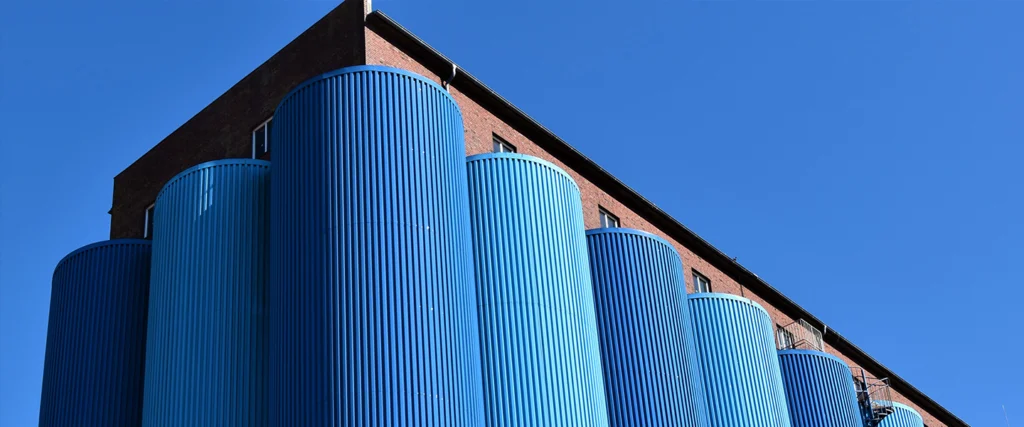In late June, EU policymakers confirmed a simplified version of CBAM that reduces the administrative burden while maintaining its environmental impact.
What’s new:
- A 50-tonne threshold: Importers of small quantities of CBAM-covered goods (less than 50 tonnes per year) are now exempt from quarterly emissions reporting.
- Streamlined processes: The system for authorized importers has been clarified, and reporting tools are becoming more user-friendly.
These changes reflect a pragmatic shift: the EU is prioritizing high-impact importers while giving others the space and time to prepare. The aim is not to penalize companies, but to encourage a smooth and scalable transition to lower-carbon supply chains.
What This Means for Supply Chain Teams
Whether your company is above or below the 50-tonne threshold, CBAM signals a broader shift in how emissions are managed, measured, and priced across the value chain. For supply chain professionals, this is a moment to lead.
1. Use the Exemption Window Strategically
If your import volumes are currently below the threshold, this is a valuable opportunity, not a pass. Now is the time to build internal alignment, integrate emissions tracking into procurement workflows, and test supplier data readiness. The groundwork you lay today will reduce future compliance costs and position you as a low-carbon partner of choice.
2. Strengthen Supplier Relationships
CBAM’s success depends on accurate, verified emissions data. This calls for a new level of collaboration with suppliers, especially those outside the EU. Organizations that invest in training, tools, and joint problem-solving will stand out in terms of both compliance and credibility.
3. Embed Carbon into Procurement Strategy
From 2026 onward, emissions will become a material cost through CBAM certificates. Rather than waiting to react, leading companies are embedding carbon considerations into procurement decisions today, negotiating long-term contracts, rewarding low-emission suppliers, and factoring CBAM costs into TCO (total cost of ownership) models.
From Burden to Differentiator
CBAM is not just a regulatory hurdle, it’s a catalyst for smarter, cleaner, and more resilient supply chains. It rewards companies that act early, that turn data into insight, and that understand carbon as a strategic variable.
This is a pivotal moment to take control:
- For risk management: Reducing carbon exposure now minimizes future volatility in pricing, compliance, and reputation.
- For competitive positioning: EU customers will increasingly favour suppliers with clear, transparent emissions data, and the ability to prove it.
- For business resilience: Supply chains aligned with climate regulation are more adaptive, more agile, and more attractive to investors.
Taking the Next Step: A Practical Action Plan
- Assess your current CBAM exposure: Are your import volumes above 50 tonnes/year? Are you sourcing materials in-scope today, or will you be doing this in the near-future?
- Develop supplier engagement strategies: Start requesting emissions data, clarifying expectations, and building capacity upstream.
- Integrate carbon into sourcing decisions: Build emissions into your RFQs, contract negotiations, and supplier scorecards.
- Track regulatory developments: Monitor potential expansion into downstream products and prepare cross-functional teams accordingly.
- Position sustainability as value: Use CBAM readiness as a signal to customers and investors that your supply chain is built for a low-carbon future.
Conclusion: The Leaders Will Lean In
CBAM is here to stay, but it’s not here to hinder. It’s here to steer. For organizations ready to lead, it provides a clear pathway to elevate procurement strategy, strengthen supplier ecosystems, and align business performance with climate responsibility.
The coming months are not just about compliance. They’re about choice. Supply chain leaders can choose to act early, invest wisely, and position their companies as carbon-smart and future-ready. Countries such as the UK, US, Japan and India are looking into adopting CBAM as early as 2027.
Should you need support with CBAM, please contact us here and one of our CBAM consultants will be in touch.





